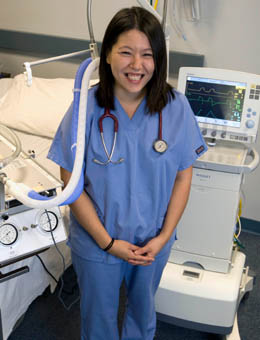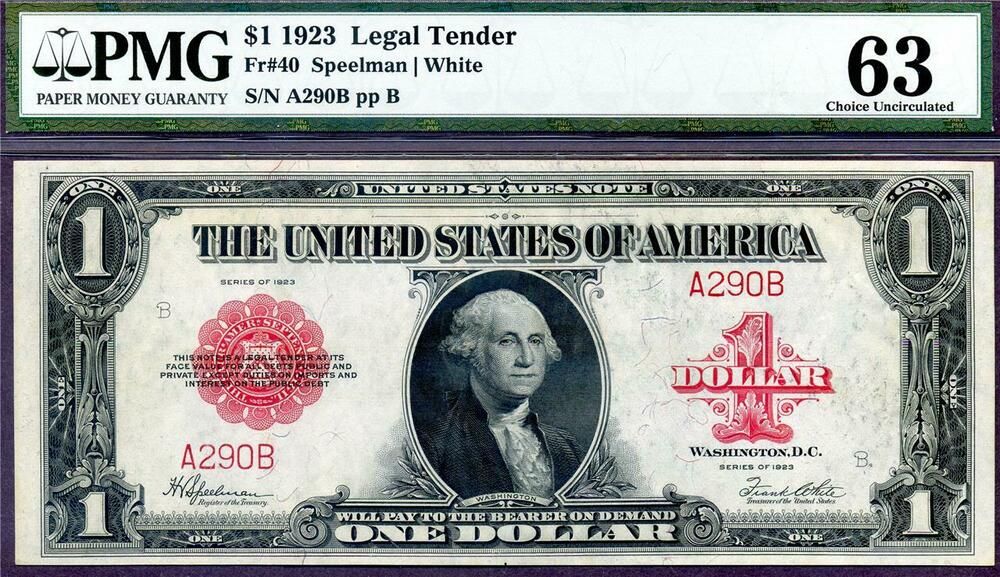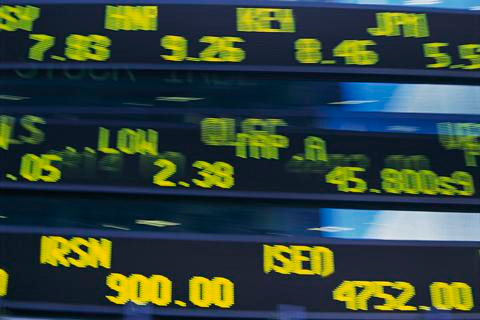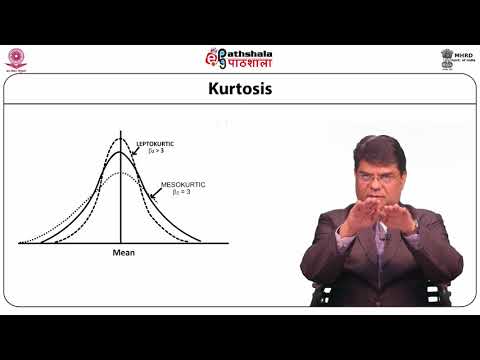Contents:


Another criticism of technical analysis is that history does not repeat itself exactly, so price pattern study is of dubious importance and can be ignored. In 2013, Kim Man Lui and T Chong pointed out that the past findings on technical analysis mostly reported the profitability of specific trading rules for a given set of historical data. These past studies had not taken the human trader into consideration as no real-world trader would mechanically adopt signals from any technical analysis method. Therefore, to unveil the truth of technical analysis, we should get back to understand the performance between experienced and novice traders. If the market really walks randomly, there will be no difference between these two kinds of traders.
Burton Malkiel dismissed the irregularities mentioned by Lo and McKinlay as being too small to profit from. Technical analysis is not limited to charting, but it always considers price trends. These surveys gauge the attitude of market participants, specifically whether they are bearish or bullish. Technicians use these surveys to help determine whether a trend will continue or if a reversal could develop; they are most likely to anticipate a change when the surveys report extreme investor sentiment. Surveys that show overwhelming bullishness, for example, are evidence that an uptrend may reverse; the premise being that if most investors are bullish they have already bought the market . And because most investors are bullish and invested, one assumes that few buyers remain.
The random walk index attempts to determine when the market is in a strong uptrend or downtrend by measuring price ranges over N and how it differs from what would be expected by a random walk . Japanese candlestick patterns involve patterns of a few days that are within an uptrend or downtrend. Caginalp and Laurent were the first to perform a successful large scale test of patterns. A mathematically precise set of criteria were tested by first using a definition of a short-term trend by smoothing the data and allowing for one deviation in the smoothed trend.
However, testing for this trend has often led researchers to conclude that stocks are a random walk. One study, performed by Poterba and Summers, found a small trend effect that was too small to be of trading value. As Fisher Black noted, “noise” in trading price data makes it difficult to test hypotheses. As ANNs are essentially non-linear statistical models, their accuracy and prediction capabilities can be both mathematically and empirically tested. Since the early 1990s when the first practically usable types emerged, artificial neural networks have rapidly grown in popularity. They are artificial intelligence adaptive software systems that have been inspired by how biological neural networks work.
- A closed-end fund (unlike an open-end fund) trades independently of its net asset value and its shares cannot be redeemed, but only traded among investors as any other stock on the exchanges.
- Several noteworthy researchers including William P. Hamilton, Robert Rhea, Edson Gould, and John Magee further contributed to Dow Theory concepts helping to form its basis.
- The contrast against quantitative analysis is less clear cut than the distinction with fundamental analysis.
Trix– an oscillator showing the shttps://1investing.in/pe of a triple-smoothed exponential moving average. Candlestick chart– Of Japanese origin and similar to OHLC, candlesticks widen and fill the interval between the open and close prices to emphasize the open/close relationship. In the West, often black or red candle bodies represent a close lower than the open, while white, green or blue candles represent a close higher than the open price.
Indicatori di volume
This suggests that prices will trend down, and is an example of contrarian trading. A core principle of technical analysis is that a market’s price reflects all relevant information impacting that market. A technical analyst therefore looks at the history of a security or commodity’s trading pattern rather than external drivers such as economic, fundamental and news events. It is believed that price action tends to repeat itself due to the collective, patterned behavior of investors.
They then considered eight major three-day candlestick reversal patterns in a non-parametric manner and defined the patterns as a set of inequalities. The results were positive with an overwhelming statistical confidence for each of the patterns using the data set of all S&P 500 stocks daily for the five-year period 1992–1996. Technical analysts believe that investors collectively repeat the behavior of the investors that preceded them. Because investor behavior repeats itself so often, technicians believe that recognizable price patterns will develop on a chart. Recognition of these patterns can allow the technician to select trades that have a higher probability of success.
He described his market key in detail in his 1940s book ‘How to Trade in Stocks’. Livermore’s system was determining market phases (trend, correction etc.) via past price data. He also made use of volume data (which he estimated from how stocks behaved and via ‘market testing’, a process of testing market liquidity via sending in small market orders), as described in his 1940s book. It consisted of reading market information such as price, volume, order size, and so on from a paper strip which ran through a machine called a stock ticker. Market data was sent to brokerage houses and to the homes and offices of the most active speculators.
How Red Bull objected to Ferrari test at Fiorano – Grand Prix 247
How Red Bull objected to Ferrari test at Fiorano.
Posted: Fri, 28 Jan 2022 08:00:00 GMT [source]
If a large number of traders have done so and the stock reaches this price, there will be a large number of sell orders, which will push the stock down, confirming the movement traders anticipated. Professional analysts often use technical analysis in conjunction with other forms of research. Retail traders may make decisions based solely on the price charts of a security and similar statistics, but practicing equity analysts rarely limit their research to fundamental or technical analysis alone. Among the most basic ideas of conventional technical analysis is that a trend, once established, tends to continue.
What Assumptions Do Technical Analysts Make?
However, it is found by experiment that traders who are more knowledgeable on technical analysis significantly outperform those who are less knowledgeable. Caginalp and Balenovich in 1994 used their asset-flow differential equations model to show that the major patterns of technical analysis could be generated with some basic assumptions. Some of the patterns such as a triangle continuation or reversal pattern can be generated with the assumption of two distinct groups of investors with different assessments of valuation. The major assumptions of the models are that the finiteness of assets and the use of trend as well as valuation in decision making. Many of the patterns follow as mathematically logical consequences of these assumptions. Adam Hayes, Ph.D., CFA, is a financial writer with 15+ years Wall Street experience as a derivatives trader.

John Murphy states that the principal sources of information available to technicians are price, volume and open interest. Other data, such as indicators and sentiment analysis, are considered secondary. The use of computers does have its drawbacks, being limited to algorithms that a computer can perform. Several trading strategies rely on human interpretation, and are unsuitable for computer processing. Only technical indicators which are entirely algorithmic can be programmed for computerized automated backtesting.
Underlying Assumptions of Technical Analysis
An example of a security that had an apparent trend is AOL from November 2001 through August 2002. A technical analyst or trend follower recognizing this trend would look for opportunities to sell this security. Each time the stock rose, sellers would enter the market and sell the stock; hence the “zig-zag” movement in the price. The series of “lower highs” and “lower lows” is a tell tale sign of a stock in a down trend. In other words, each time the stock moved lower, it fell below its previous relative low price. Each time the stock moved higher, it could not reach the level of its previous relative high price.
Note that the sequence of lower lows and lower highs did not begin until August. Then AOL makes a low price that does not pierce the relative low set earlier in the month. Later in the same month, the stock makes a relative high equal to the most recent relative high. In this a technician sees strong indications that the down trend is at least pausing and possibly ending, and would likely stop actively selling the stock at that point. Technical analysts believe that prices trend directionally, i.e., up, down, or sideways or some combination.
In mathematical branch office definition and overviews, they are universal function approximators, meaning that given the right data and configured correctly, they can capture and model any input-output relationships. This not only removes the need for human interpretation of charts or the series of rules for generating entry/exit signals, but also provides a bridge to fundamental analysis, as the variables used in fundamental analysis can be used as input. Among professional analysts, the CMT Association supports the largest collection of chartered or certified analysts using technical analysis professionally around the world. The association’s Chartered Market Technician designation can be obtained after three levels of exams that cover both a broad and deep look at technical analysis tools. The random walk index is a technical indicator that attempts to determine if a stock’s price movement is random in nature or a result of a statistically significant trend.
Formula Uno Analisi Tecnica
Technicians employ many methods, tools and techniques as well, one of which is the use of charts. Using charts, technical analysts seek to identify price patterns and market trends in financial markets and attempt to exploit those patterns. Technical analysis differs from fundamental analysis in that the stock’s price and volume are the only inputs. The core assumption is that all known fundamentals are factored into price; thus, there is no need to pay close attention to them.
Star Wars Jedi Survivor Recensione: la Forza di un sequel stellare – Everyeye Videogiochi
Star Wars Jedi Survivor Recensione: la Forza di un sequel stellare.
Posted: Wed, 26 Apr 2023 15:00:12 GMT [source]
The contrast against quantitative analysis is less clear cut than the distinction with fundamental analysis. Some sources treat technical and quantitative analysis as more or less synonymous. For example, quantitative analysis expert Paul Wilmott suggests technical analysis is little more than ‘charting’ , and that technical analysis rarely has any predictive power. The first step is to learn the basics of investing, stocks, markets, and financials.
This includes stocks,futures,commodities, fixed-income, currencies, and other securities. In fact, technical analysis is far more prevalent in commodities andforexmarkets wheretradersfocus on short-term price movements. The classification relies on two dimensionless parameters, the Froude number characterizing the relative strength of the acceleration with respect to the velocity and the time horizon forecast dimensionalized to the training period. Trend-following and contrarian patterns are found to coexist and depend on the dimensionless time horizon. Using a renormalisation group approach, the probabilistic based scenario approach exhibits statistically significant predictive power in essentially all tested market phases. Fundamental analysts examine earnings, dividends, assets, quality, ratios, new products, research and the like.
- These include white papers, government data, original reporting, and interviews with industry experts.
- Technical analysts have also developed numerous types of trading systems to help them forecast and trade on price movements.
- It is often used to generate short-term trading signals from various charting tools, but can also help improve the evaluation of a security’s strength or weakness relative to the broader market or one of its sectors.
- This commonly observed behaviour of securities prices is sharply at odds with random walk.
- Other pioneers of analysis techniques include Ralph Nelson Elliott, William Delbert Gann, and Richard Wyckoff who developed their respective techniques in the early 20th century.
In Australia, the industry is represented by the Australian Technical Analysts Association , and the Australian Professional Technical Analysts Inc. Financial analysis is the process of assessing specific entities to determine their suitability for investment. Amanda Jackson has expertise in personal finance, investing, and social services.
Analisi tecnica: i Segnali di trading
Technical analysis is also often combined with quantitative analysis and economics. For example, neural networks may be used to help identify intermarket relationships. Modern technical analysis software is often available as a web or a smartphone application, without the need to download and install a software package. Some of them even offer an integrated programming language and automatic backtesting tools. Technical indicators are mathematical calculations based on the price, volume, or open interest of a security or contract.

The basic definition of a price trend was originally put forward by Dow theory. These include white papers, government data, original reporting, and interviews with industry experts. We also reference original research from other reputable publishers where appropriate. You can learn more about the standards we follow in producing accurate, unbiased content in oureditorial policy. Then, other traders will see the price decrease and also sell their positions, reinforcing the strength of the trend. This short-term selling pressure can be considered self-fulfilling, but it will have little bearing on where the asset’s price will be weeks or months from now.
Technical analysts believe past trading activity and price changes of a security can be valuable indicators of the security’s future price movements. Technical analysis is a trading discipline employed to evaluate investments and identify trading opportunities in price trends and patterns seen on charts. One method for avoiding this noise was discovered in 1995 by Caginalp and Constantine who used a ratio of two essentially identical closed-end funds to eliminate any changes in valuation. A closed-end fund (unlike an open-end fund) trades independently of its net asset value and its shares cannot be redeemed, but only traded among investors as any other stock on the exchanges. In this study, the authors found that the best estimate of tomorrow’s price is not yesterday’s price (as the efficient-market hypothesis would indicate), nor is it the pure momentum price .

Trend analysis is a technique used in technical analysis that attempts to predict future stock price movements based on recently observed trend data. Jesse Livermore, one of the most successful stock market operators of all time, was primarily concerned with ticker tape reading since a young age. He followed his own trading system (he called it the ‘market key’), which did not need charts, but was relying solely on price data.
In fact, some view technical analysis as simply the study of supply and demand forces as reflected in the market price movements of a security. Technical analysis tools are used to scrutinize the ways supply and demand for a security will affect changes in price, volume, and implied volatility. It operates from the assumption that past trading activity and price changes of a security can be valuable indicators of the security’s future price movements when paired with appropriate investing or trading rules. It was manually updated with chalk, with the updates regarding some of these data being transmitted to environments outside of exchanges (such as brokerage houses, bucket shops, etc.) via the aforementioned tape, telegraph, telephone and later telex. However, many technical analysts reach outside pure technical analysis, combining other market forecast methods with their technical work. One advocate for this approach is John Bollinger, who coined the term rational analysis in the middle 1980s for the intersection of technical analysis and fundamental analysis.
Economist Eugene Fama published the seminal paper on the EMH in the Journal of Finance in 1970, and said “In short, the evidence in support of the efficient markets model is extensive, and contradictory evidence is sparse.” Technical analysis of stocks and trends is the study of historical market data, including price and volume, to predict future market behavior. A third criticism of technical analysis is that it works in some cases but only because it constitutes a self-fulfilling prophecy. For example, many technical traders will place astop-loss orderbelow the 200-day moving average of a certain company.
Technical analysis is a trading discipline employed to evaluate investments and identify trading opportunities by analyzing statistical trends gathered from trading activity, such as price movement and volume. Unlike fundamental analysis, which attempts to evaluate a security’s value based on business results such as sales and earnings,technical analysisfocuses on the study of price and volume. Professional technical analysts typically accept three general assumptions for the discipline. The first is that, similar to the efficient market hypothesis, the market discounts everything. Second, they expect that prices, even in random market movements, will exhibit trends regardless of the time frame being observed.